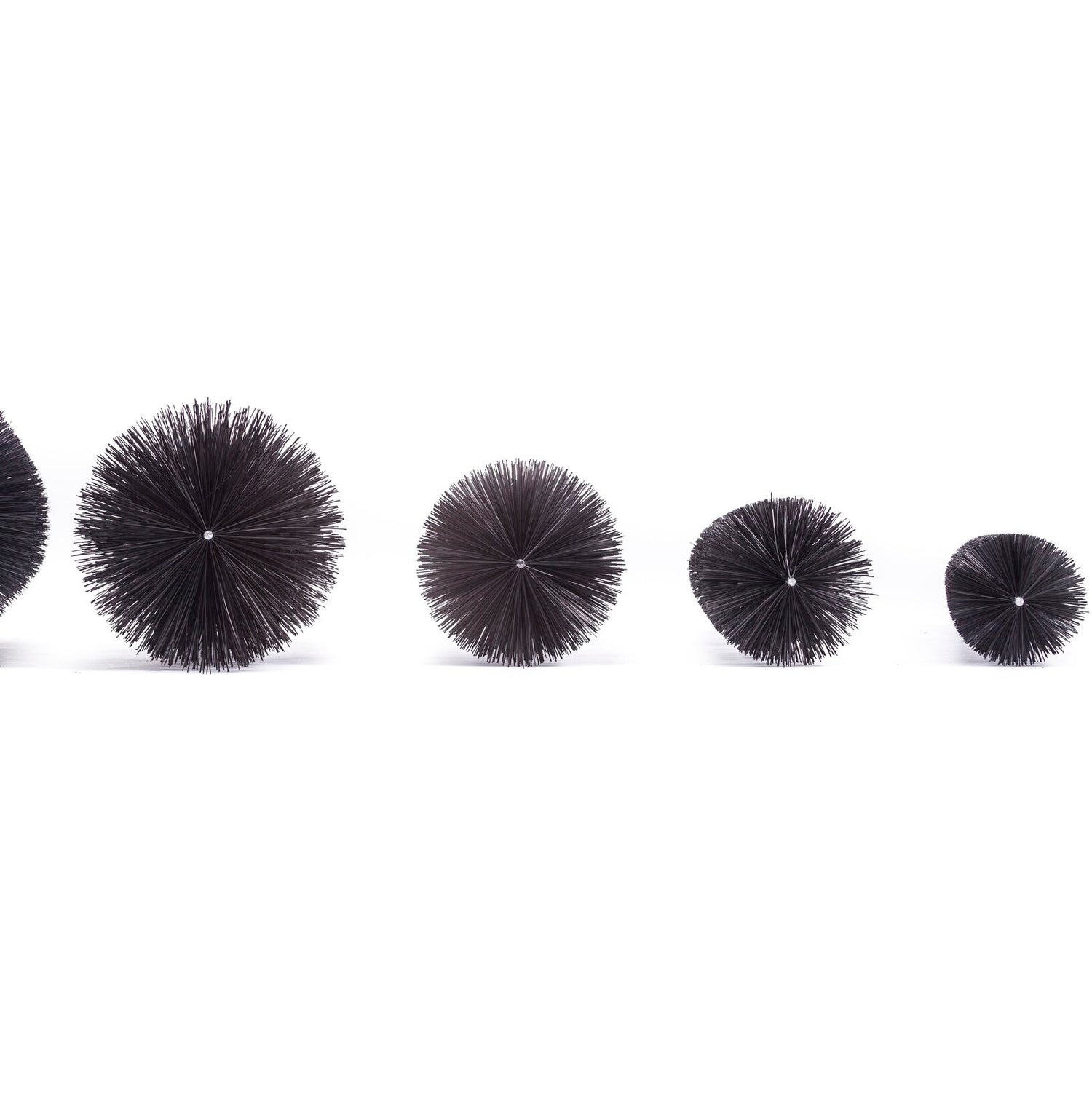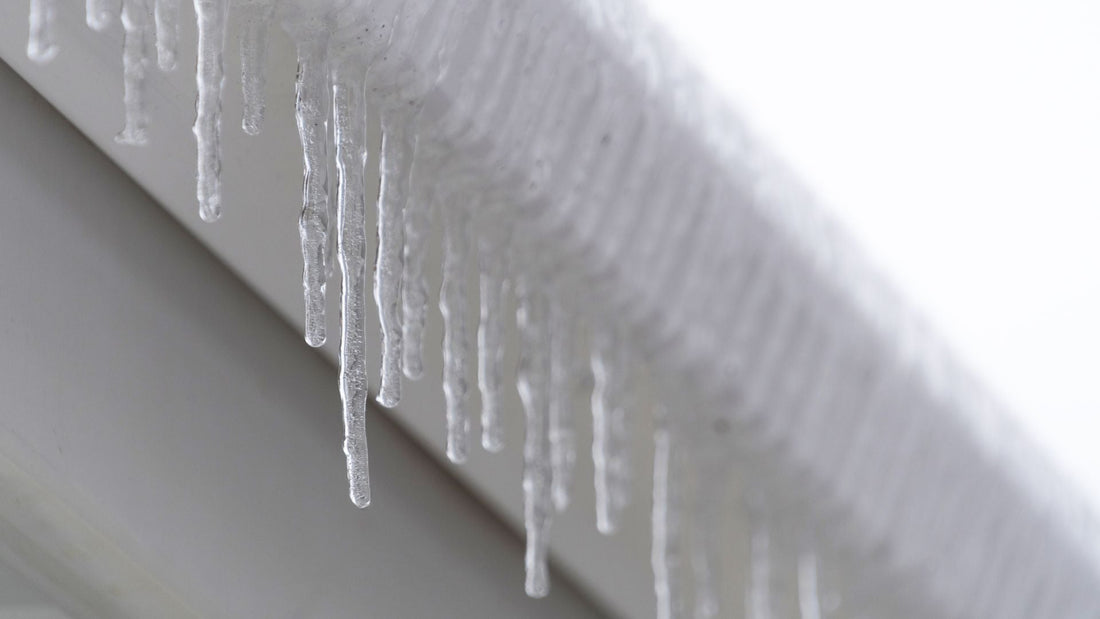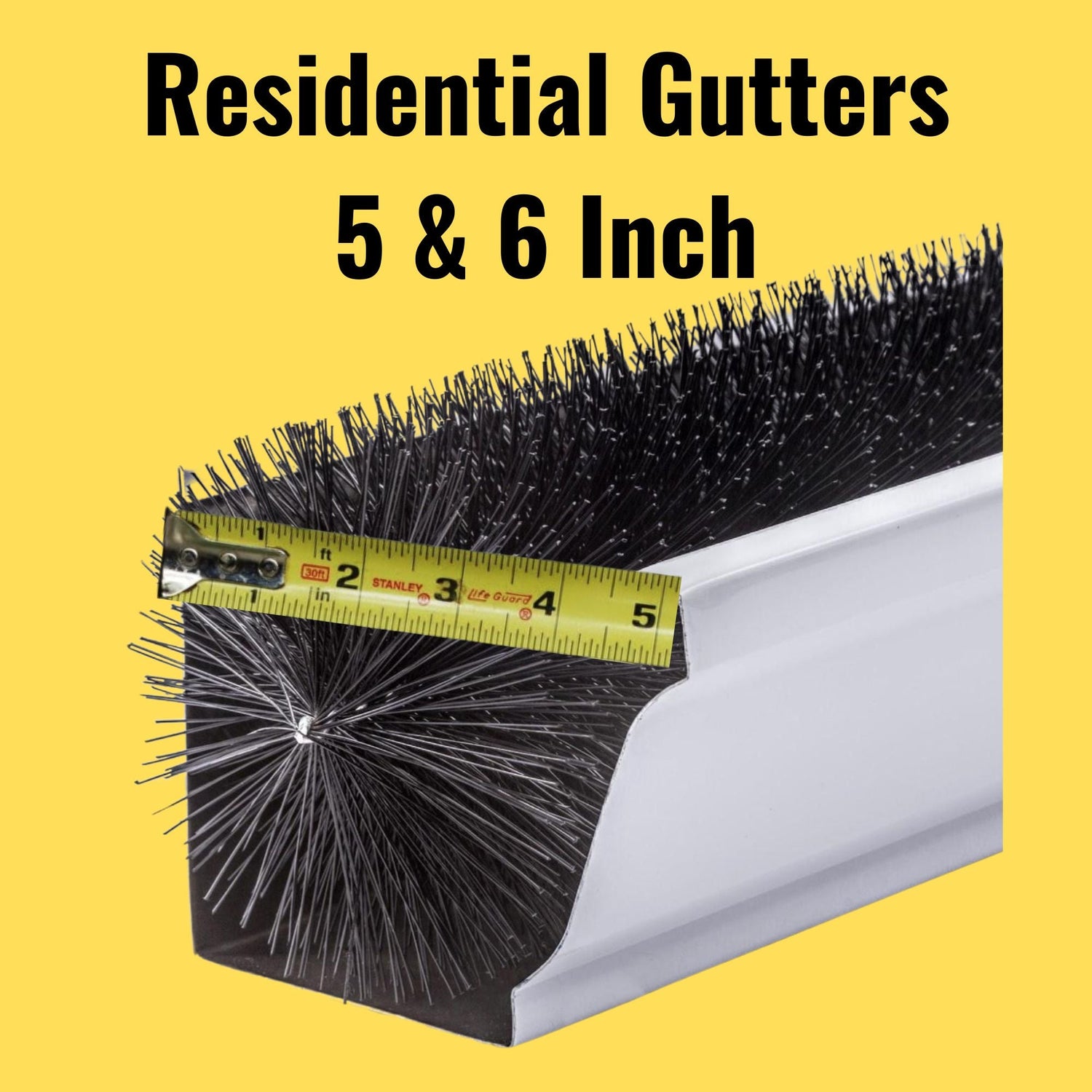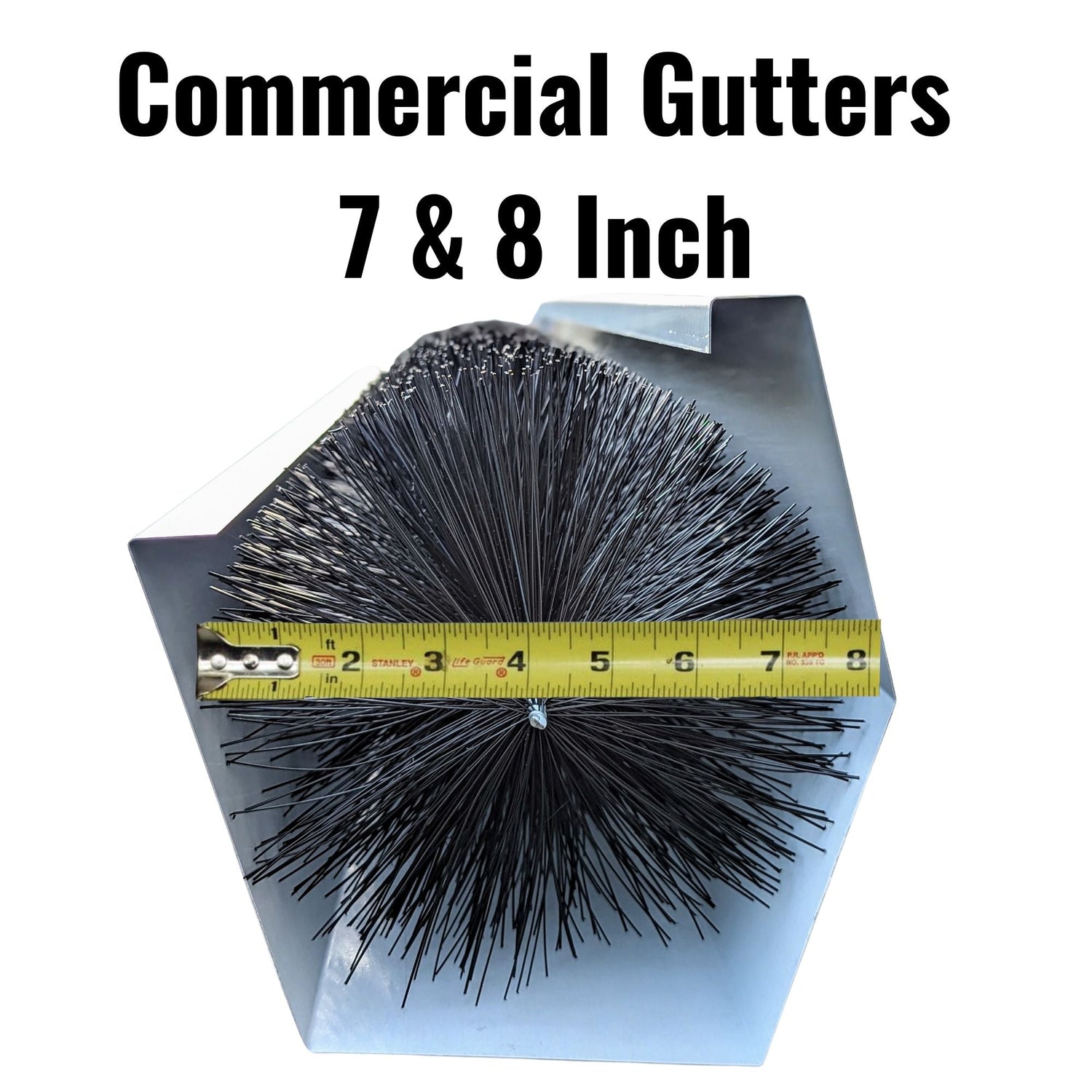Gutters play a crucial role in protecting your home from water damage, but in cold climates, they can become problematic when ice builds up. Heated gutters offer a solution to prevent ice dams, but are they worth the investment? In this guide, we’ll cover the benefits, drawbacks, and costs of heated gutters to help you decide if they are the right choice for your home. You can add ice melting wires called de-icing cables to your gutter and use electricity to melt the ice.
What Are Heated Gutters and How Do They Work?
Heated gutters are equipped with a electric heating element, typically in the form of cables or heat tape, that runs through the gutters and sometimes the downspouts. These heating elements keep the gutter system warm enough to prevent snow and ice from building up, ensuring that water flows freely even in freezing temperatures. People will save energy by leaving them off, and then plug them in as a gutter or roof de-icing system.

How heated gutters work is straightforward: as the heating cables warm up, they melt the snow and ice in and around the gutters. This prevents ice dams, which can cause water to back up and seep under the roof shingles, leading to leaks and damage. By maintaining a clear path for water to travel, heated gutters significantly reduce the risks associated with winter weather.
Are Heated Gutters Worth It?
The answer depends on your local climate and your home's specific needs. If you experience frequent ice dams or snow buildup, investing in heated gutters can save you from costly repairs. They also reduce the need for manual snow removal from your roof, offering both convenience and long-term protection.
Pros of Heated Gutters
Heated gutters offer several advantages, especially for homes in areas with heavy snowfall or freezing temperatures:
- Prevention of Ice Dams: One of the main benefits is that they effectively prevent ice dams. Keeping the gutters and downspouts clear of ice ensures proper water flow, reducing the chances of water backing up onto the roof.
- Reduced Maintenance: With heated gutters, there's less need for frequent gutter cleaning during the winter months. They minimize the risk of ice blockages that could otherwise damage the gutters or roof.
- Protection for Your Home's Structure: Ice dams can cause significant damage to your home's structure, including the roof, walls, and even the foundation. Heated gutters help prevent this damage, preserving your home's exterior.
Cons of Heated Gutters
While heated gutters offer many benefits, there are also some drawbacks to consider:
- Initial Installation Cost: Heated gutters can be expensive, especially compared to standard gutter systems. The installation process requires skilled labor, which adds to the overall cost.
- Increased Energy Costs: Operating heated gutters increases your home's energy consumption, which can lead to higher utility bills during the colder months. If you’re considering this upgrade, it’s important to factor this into your decision.
- Potential for Malfunctions: Like any electrical system, heated gutters can experience malfunctions over time. Issues like damaged cables or poor insulation can compromise their effectiveness, requiring repairs or replacements.

Use Heated Gutters Along with GutterBrush to Save on Electricity
Gutter de-icing cables are fairly easy to install. People usually just run them through the gutter or they make a serpentine pattern through the gutter and over the bottom 3 courses of roofing. GutterBrush is a very easy to install gutter guard that also passively decreases gutter ice. To decrease gutter ice, combine GutterBrush with your ice melting cables. Add ice melting cables to the gutter to make it a heated gutter to solve your ice problems, but also add GutterBrush which will stop the problem of snow clogging and add to melting by absorbing the sun's rays. This way, you may not have to turn on your heated gutters. GutterBrush helps solve the problem passively so that you save on electricity by using your gutter de-icing cables less. Read on to learn more or click here to learn about the way GutterBrush melts ice when in the sun, and also how snow clogging starts the ice and GutterBrush decreases snow pack and snow clogging.
Do Heated Gutters Prevent Ice Dams?
Yes, heated gutters are designed to effectively prevent ice dams. By maintaining a consistent temperature in the gutter system, they ensure that snow melts and water flows properly through the gutters and downspouts, even during freezing temperatures. This reduces the risk of ice buildup, which can lead to roof leaks and other structural problems.
However, it’s important to note that while heated gutters are efficient, they are not a standalone solution. Proper attic and roof insulation is also necessary to protect your home from ice dam-related issues.
Benefits Beyond Ice Dam Prevention
Aside from protecting your home from ice dams, heated gutters offer several other advantages that make them a practical addition to your gutter system:
- Prolonged Gutter Life: Heated gutters can help extend the lifespan of your gutter system by preventing the stress and damage caused by ice buildup. This proactive approach minimizes the wear and tear on your gutters, reducing the risk of cracks, leaks, or warping when ice expands and contracts within the gutter.
- Reduced Roof Maintenance: Since heated gutters minimize the formation of ice on your roof, your roof will require less maintenance over time. This not only saves you from frequent repairs but also helps to protect the roof's structural integrity by preventing ice-related issues like shingle damage or leaks that could lead to costly water damage in your attic or ceilings.
- Safer Environment: Heated gutters reduce the risk of icicles forming along the roof line, which can pose a safety hazard to anyone walking below. Large icicles can break off unexpectedly, creating a risk of injuries or damage to your property. By keeping the gutters free from ice, heated systems help maintain a safer environment for your family, guests, and even your landscaping near the house's foundation.
- Enhanced Home Value: Homes with features like heated gutters may have an edge in the real estate market, especially in regions with harsh winters. Potential buyers often appreciate the added protection and convenience of such upgrades, which can lead to a higher resale value and a quicker sale when you decide to put your home on the market.
Costs of Heated Gutters, Combine with GutterBrush to Save
Combine heated Gutters with GutterBrush to Solve Gutter Ice and save electricity
Heated gutters are fully compatible with GutterBrush so you might as well install them both together because GutterBrush decreases gutter ice when you fill the whole gutter, so you will save money on electricity usage melting the gutter ice if you also install GutterBrush through out the whole entire gutter.
When considering heated gutters, cost is one of the most critical factors. The expenses can vary widely depending on the heating system type, your home's size, and the installation requirements. Here’s a breakdown of the potential costs involved in setting up a heated gutter system:
- Material and Equipment Costs: Heating cables for gutters generally cost between $10 and $25 per linear foot. This price can fluctuate depending on the quality of the cable and whether additional features like temperature sensors are included. Some systems also offer advanced options like self-regulating cables that adjust their heat output based on the outside temperature, which can help reduce energy usage but come at a higher upfront cost.
- Installation Fees: Professional installation can range from $500 to $2,000. This cost covers labor, installation of the heating cables, and any electrical work required to integrate the system safely with your home. Factors like the complexity of your gutter layout, the height of your roof, and the need for additional electrical outlets can all influence the final installation price.
- Energy Costs: Heated gutters can increase your monthly energy bills by approximately $10 to $50, depending on the system's efficiency and usage duration. In regions with prolonged cold weather, these operational costs can add up, especially if the system runs continuously during winter. Investing in an energy-efficient model or one with intelligent controls can mitigate these expenses by allowing you to optimize its operation based on weather conditions.
- Maintenance and Repair Costs: Like any electrical system, heated gutters may require maintenance or occasional repairs over time. Issues such as damaged cables or faulty connections can lead to additional costs. It's essential to factor in the potential expenses for routine check-ups or part replacements, which can range from $100 to $500, depending on the severity of the issue.
Investing in heated gutters may initially seem expensive. Still, when you factor in the potential savings from avoiding roof and water damage repairs, the long-term benefits can make this a worthwhile investment. For homes in colder climates, the upfront and operational costs are often justified by reducing maintenance efforts and preventing costly ice dam-related damages.
Summary of Costs
|
Cost Component |
Cost Range |
Details |
|
Material and Equipment Costs |
$10 - $25 per linear foot |
Heating cables; advanced options like self-regulating cables may cost more. |
|
Installation Fees |
$500 - $2,000 |
Depends on factors like gutter layout complexity, roof height, and electrical work. |
|
Energy Costs (Monthly) |
$10 - $50 |
Energy bills may increase based on system efficiency and duration of use. |
|
Maintenance and Repair Costs |
$100 - $500 |
Covers routine check-ups, damaged cables, or faulty connections. |

Are Heated Gutters a Worthy Investment for Your Home?
Whether heated gutters are a worthy investment hinges on a few key factors, including your climate, home structure, and budget, in areas with heavy snowfall and consistently freezing temperatures, heated gutters can be a game-changer. They provide continuous protection against ice dams notorious for causing leaks, structural damage, and significant repair costs. Heated gutters and heat tape or roof de-icing cables are a great solution when nothing else works.
Here's a link to a quality company that sells roof de-icing cables that are compatible with GutterBrush putting you in control. GutterBrush helps save electricity for less usage of the electric ice melting and the de-icing cables put you in control knowing you can solve the problem with electricity if or when you have to.
Alternative Solutions to Heated Gutters
If the costs of heated gutters are too high or if your climate doesn't warrant them, there are alternative solutions that might fit your needs:
- Brush Gutter Guards: Installing brush gutter guards can help keep debris out of your gutters, reducing the chances of clogs that can lead to ice dams. Brush gutter guards help melt gutter ice and they decrease gutter clogs that originate from snow packing the gutter.
- Roof Rakes: Regularly using a roof rake to clear snow from the edges of your roof can help prevent ice buildup in your gutters.
- Improved Attic Insulation: Proper attic insulation can help keep heat inside your home, reducing the amount of snow that melts and refreezes on the roof.

GutterBrush Combined with Heated Gutters for Winter
When it comes to winter gutter protection, GutterBrush offers a more reliable and practical solution compared to heated gutter systems, but you do not need just one or the other because you can use them both together to solve the gutter ice problems and save on electricity usage. While heated gutters focus on melting snow and ice to keep water flowing, they can be expensive to install and maintain. GutterBrush provides an easier, cost-effective alternative that prevents clogs and reduces ice buildup without the need for additional energy consumption. GutterBrush melts gutter ice the natural way, from the sunshine. Black bristles extend upward and absorb the suns warmth and transfer it to warm and melt the gutter ice.
- Effective in Cold Climates: GutterBrush’s unique brush design works to prevent clogs caused by leaves, pine needles, and other debris even in winter conditions. By maintaining a clear pathway for water, GutterBrush reduces the chances of ice dams forming in the first place, which is a common issue with traditional heated gutter systems.
- No Electricity Required: Unlike heated gutter systems that rely on electricity to function, GutterBrush works passively absorbing sunshine's warmth to keep your gutters flowing freely. This means lower energy costs and less risk of electrical malfunctions during harsh winter storms, making it a more reliable choice for cold weather. Just fill the whole gutter with 3 foot lengths of GutterBrush.
- Year-Round Durability: GutterBrush is made from durable materials like galvanized steel wire and UV-protected polypropylene bristles, which are designed to withstand the harshest winter elements. This robust construction ensures that GutterBrush remains effective throughout the year, even in freezing temperatures, without the need for special winter preparations.
- Simple Maintenance: Heated gutters often require significant maintenance to ensure they continue to work efficiently in cold weather. GutterBrush, on the other hand, is easy to inspect and maintain. Simply check the gutters during heavy rainfall or after a storm to ensure everything is flowing properly—no need for costly service calls or complicated installations.
- Preventative Approach: GutterBrush's design focuses on preventing the buildup of debris that leads to ice formation, rather than reacting to the problem like heated systems do. This proactive approach helps safeguard your home from water damage, peeling paint, and wood rot that can result from clogged gutters during winter.
- Combine GutterBrush and Gutter Deicing Cables: the best solution is when you use both GutterBrush and roof deicing cables. They are fully compatible and GutterBrush will help decrease your electricity usage because you will not have to turn the deicing cables on as frequently or for as long.
Choosing GutterBrush over heated gutter systems offers a straightforward, energy-efficient, and cost-effective way to keep your gutters clear and your home protected all winter long. Its ability to handle both debris and winter weather makes it the ideal solution for homeowners looking for a low-maintenance gutter guard system.
Key Takeaways
- Use GutterBrush combined with heated gutters to save on electricity.
- Heated gutters prevent ice dams effectively by using heating elements to melt snow and ice, ensuring that water flows freely through the gutters even in freezing temperatures, reducing the risk of roof leaks and structural damage.
- The cost of installing heated gutters can be significant, with expenses ranging from $500 to $2,000 for installation alone, and additional costs for materials and increased energy consumption during the winter months.
- Maintenance and repair needs are a consideration, as heated gutters may require regular checks and occasional repairs to ensure they function properly, which could lead to further expenses over time.
- Energy consumption increases with heated gutters, leading to higher utility bills during cold weather. Although they provide a solution for preventing ice buildup, their ongoing operational costs can add up in regions with prolonged winters.
- GutterBrush is highlighted as a cost-effective alternative to heated gutters, offering a passive, energy-free method of preventing clogs and reducing ice buildup, making it a practical choice for winter gutter maintenance without the high costs associated with heated systems. GutterBrush passively melts ice but also actively decreases snow clogs and improves winter drainage.
About GutterBrush
At GutterBrush, we offer innovative gutter protection systems for both Residential and Commercial properties. Our unique brush technology, recognized by Home & Garden TV, The Family Handyman, At Home with Gary Sullivan, and Home Depot, ensures your gutters remain clog free while filtering rainwater, reducing the need to frequently buy gutter guards.
A family-owned company serving American homesteads since 2004, we're proud to have over 1200 5-star reviews, supported by a 10-year material warranty and a 365-day refund policy.





